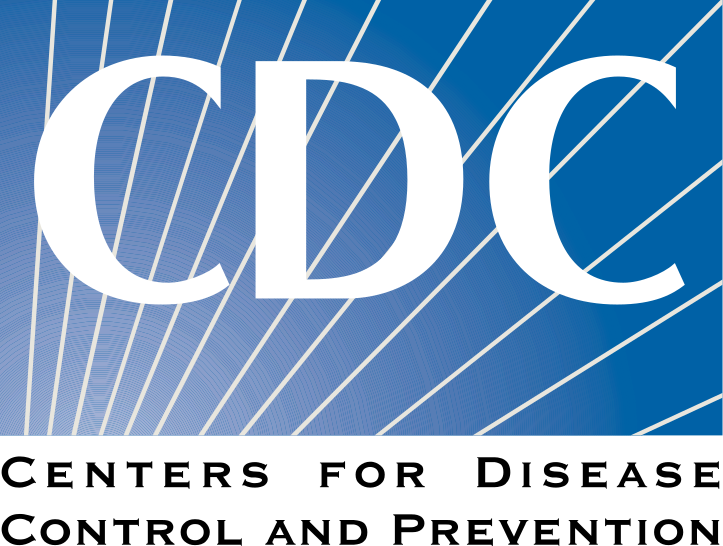TOUCHED BY LYME: CDC serves up same old wrongheaded Lyme advice

On the face of it, the CDC-sponsored webinar—Lyme Disease Updates and New Educational Tools for Clinicians—seemed like a good idea. I mean, don’t we WANT doctors to have the latest information about Lyme and other tick-borne infections?
Alas, the word “updates” in the title is a complete misuse of that term. A more accurate description would be “regurgitating obsolete, harmful ways to deny appropriate diagnosis and treatment to Lyme patients while ignoring pertinent recent research.”
I recently watched the hour-long presentation with increasing dismay as the CDC’s earnest-sounding presenter, Grace E. Marx, MD, MPH, meticulously emphasized such points as:
- A tick must be attached 24-36 hours before it can transmit Lyme. (Fact: There’s no grace period for tick bites. Let’s quit implying that there is.)
- In the US, almost all cases of Lyme occur in 15 states and the District of Columbia. (Fact: Lyme has been found in all 50 states and is on the rise. See also: How much does the CDC undercount Lyme disease? It depends on where you live.)
- After a tick bite, a single dose of doxycycline can prevent Lyme disease from developing (Fact: A single dose of doxy after a tick bite only prevents rash—not Lyme disease)
“Pretest probability”
Dr. Marx spent a lot of time telling doctors that they should not even test for Lyme disease if the “pretest probability” is low. Like if you are not in one of those previously referenced 15 states or the District of Columbia. Thus, people in low-incidence states should NOT be tested for Lyme disease—period.
Dr. Marx mentions that pregnant woman can be treated for Lyme disease. But she fails to point out that the infection can pass from mother to unborn child. After long denying such a possibility, the CDC recently acknowledged that maternal-fetal transmission can, in fact, occur. But you wouldn’t know it from this “update.” (See: CDC allows possibility of mother-fetus Lyme transmission)
Non-recommended treatments
Yet she spends a fair amount of time on a different question. What should a doctor do if a patient shows up in their office after being diagnosed with Lyme elsewhere and have received “non-recommended treatment” for it? (According to her presentation, this means anything beyond one or two short courses of antibiotics.)
Her advice: Listen to them. review their medical history, and then “consider alternate diagnoses.” In this scenario, Dr. Marks said, “the goal is to demonstrate empathy and compassion.” (I interpret this to mean: be nice, act like you care, and then pleasantly explain that they probably don’t even have Lyme disease—but even if they do, they should stop “non-recommended treatment” immediately.) She mentions the importance of the doctor discussing the risks of treatment. But what about the risks of NOT treating?
In a nutshell, this presentation was filled with tired, worn out, ERRONEOUS information—the kind the Lyme community has been fighting to change for decades.
What about the TBD Working Group?
This is particularly discouraging in light of the 2020 Report to Congress from the Tick-Borne Disease Working Group. The report recognized the critical importance of having patient feedback regarding about such webinars as these.
Recommendation 7.2: Fund and support a directive for CDC (or other appropriate HHS OPDIV or agency) to develop (either directly or through an approved federal contract) a multi-leveled and nationwide curriculum on Lyme disease for clinicians-in-training as well as continuing medical education modules to increase the pool of qualified and practicing clinicians. Provide funding for the U.S. military to participate in this nationwide training and education on Lyme disease and other tick-borne diseases and conditions. This curriculum should be introduced and encouraged at the State level. The final curriculum shall incorporate feedback from patients, clinicians, and research scientists with expertise/experience that represents diverse scientific and clinical experiences on the full spectrum of Lyme disease and other tick-borne diseases/conditions.
How long must we wait for HHS to honor the recommendations of the TBD Working Group? There’s absolutely no way this month’s “Updates” webinar had even a scintilla of input from the Lyme community.
My overall impression of the presentation is that it’s trying to solve the wrong problem. It seems geared towards minimizing the number of people that get diagnosed for Lyme disease in the early stage—when treatment has its best chance of success. If doctors follow the advice in this webinar, more cases of acute Lyme will turn into chronic cases—the exact opposite of what we should all be working towards.
TOUCHED BY LYME is written by Dorothy Kupcha Leland, LymeDisease.org’s Vice-president and Director of Communications. She is co-author of When Your Child Has Lyme Disease: A Parent’s Survival Guide. Contact her at dleland@lymedisease.org.




















We invite you to comment on our Facebook page.
Visit LymeDisease.org Facebook Page